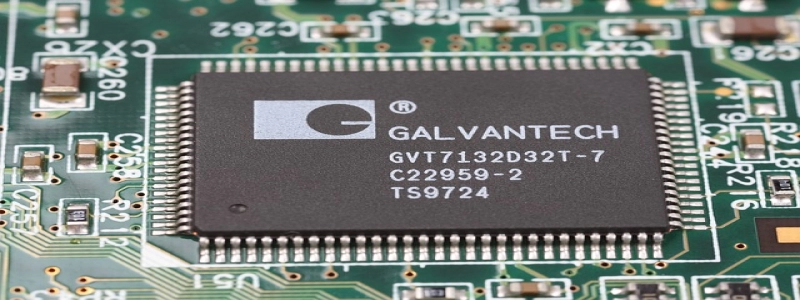Flat Ethernet Cable vs Round
Uvod:
Ethernet cables are essential for connecting devices to a network, providing a reliable and stable internet connection. When it comes to choosing an Ethernet cable, one of the main factors to consider is whether to use a flat or round cable. Both options have their advantages and disadvantages, and in this article, we will examine the differences between flat and round Ethernet cables to help you make an informed decision.
1. Flat Ethernet Cable:
1.1 Advantages:
– Space-saving: Flat Ethernet cables are thin and flexible, allowing for easy installation and concealing under carpets or along baseboards. They are ideal for areas with limited space or where aesthetics are a concern.
– Easy handling: The flat shape of these cables makes them easier to handle and store compared to round cables. They are less likely to twist or tangle, making installation and maintenance hassle-free.
– Low-profile: Flat Ethernet cables are more discreet and less noticeable than round cables. They blend well with the surroundings and can be routed along walls or furniture without drawing attention.
1.2 Disadvantages:
– Limited length: Flat Ethernet cables are typically available in shorter lengths compared to round cables. This limitation can restrict their use in larger spaces or when longer cable runs are required.
– Lower durability: Due to their thin design, flat Ethernet cables may be more susceptible to damage from bending or crushing. They may not be as rugged or durable as round cables, which can withstand more wear and tear.
2. Round Ethernet Cable:
2.1 Advantages:
– Longer length options: Round Ethernet cables are available in longer lengths, making them suitable for longer cable runs in larger spaces or offices.
– Enhanced durability: Round cables are generally thicker and more robust, offering better protection against physical damage. They are less likely to break or get damaged when subjected to bending or crushing.
– Higher bandwidth: Round Ethernet cables often have higher bandwidth capabilities, making them suitable for high-speed internet connections or for use in areas requiring faster data transfer rates.
2.2 Disadvantages:
– Bulkier and less flexible: Round cables are thicker and less flexible compared to flat cables. This can make them cumbersome to handle and install, especially in tight spaces or when routing along walls or furniture.
– More visible: The round shape of these cables is more noticeable and can be challenging to conceal. This may be a concern in areas where aesthetics are important or where cable visibility needs to be minimized.
Zaključek:
When choosing between a flat Ethernet cable and a round Ethernet cable, it is essential to consider the specific requirements of your setup. If space-saving and aesthetics are your primary concerns, a flat cable may be the better option. However, if durability, longer lengths, or higher bandwidth capabilities are necessary, a round cable may be the more suitable choice. Ultimately, the decision should be based on your individual needs and preferences.








